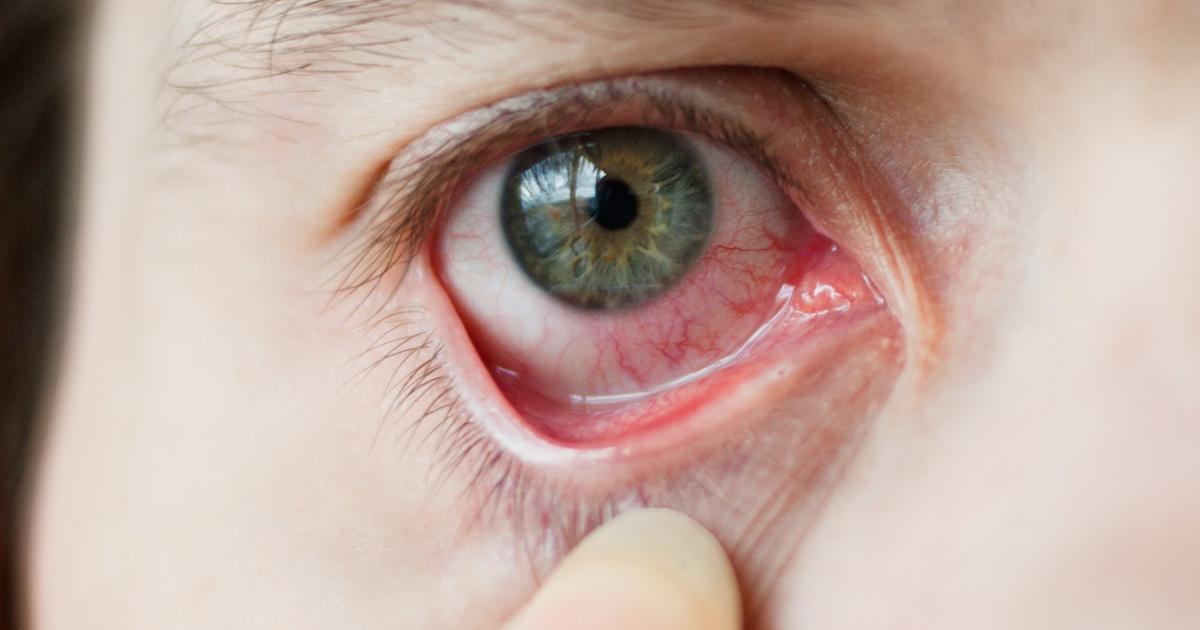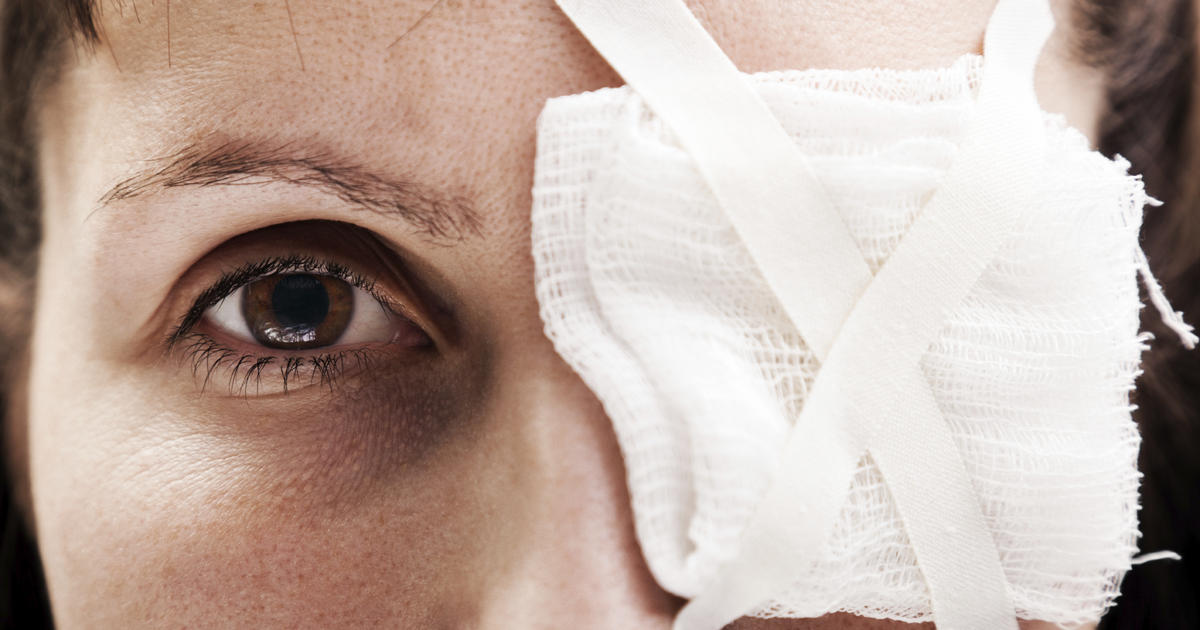Risk Factors That Can Lead To Glaucoma
Thin Corneas

An individual who has thin corneas is at an increased risk of developing glaucoma. Corneal thickness is a part of the body that tends to vary from one individual to the next. Thin corneas can be due to a genetic variation, or they may be the result of certain corrective surgical procedures done on the eye. The thin cornea itself is not what increases the affected individual's risk of glaucoma. It is the manipulations on technology by the thin cornea that causes the elevated risk. The pressure inside of an individual's eye is quantified by a specialized piece of equipment called a tonometer.
The thickness of the cornea can impact the results of the tonometer, providing false high readings with a thicker cornea and false low readings for a thinner cornea. An important part of glaucoma treatment relies on early detection. Better visual outcomes are seen in individuals who medically intervened with high intraocular pressure early than those who had not. An individual who has thin corneas could have elevated intraocular pressure and require intervention to prevent glaucoma, but may not know it due to incorrect tonometer readings. This malfunction allows the problem to persist for a longer duration, which ultimately causes glaucoma to develop.
Eye Injuries

An individual who has sustained eye injuries is at a higher risk of developing glaucoma than an individual who has not. Blunt trauma is the most common type of eye injury implicated in the increased risk of glaucoma. Blunt trauma to the eye can pull apart the ciliary body that makes eye fluid, resulting in bleeding. This accumulation of plasma, debris, and blood in the eye can cause the trabecular meshwork to become obstructed. Since fluid cannot flow out of the eye, the affected individual's intraocular pressure increases.
Most cases of trauma-induced glaucoma are temporary and can be mediated through medications that can help keep the intraocular pressure from becoming too high while the eye clears the accumulated blood on its own. If medications are ineffective to keep the intraocular pressure low enough, the patient may need to undergo surgery. While the majority of individuals heal fine from an eye injury, some can develop fibrosis in and around the trabecular meshwork of the affected eye. This scarring can interrupt healthy blood flow and inhibit proper fluid drainage from the eye, leading to glaucoma.
